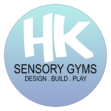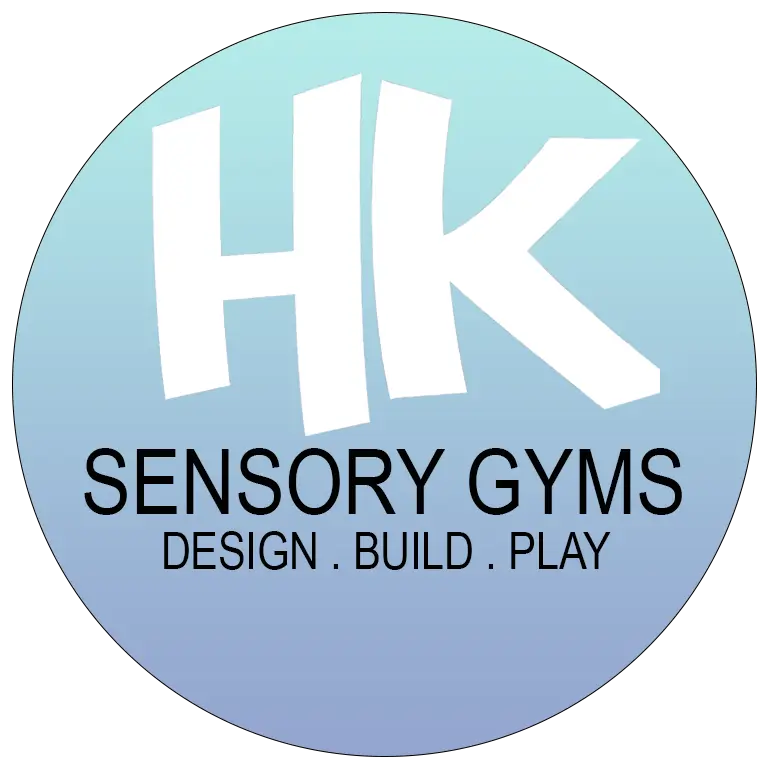Sensory gyms play a crucial role in pediatric occupational therapy, offering a structured and stimulating environment designed to support the development of sensory processing skills in children. Central to the effectiveness of these gyms are the diverse and purposeful pieces of equipment they house. This comprehensive exploration will delve into the key types of equipment found in sensory gyms and their significance in fostering the holistic development of children.

Swings: A Fundamental Element
Swings are foundational components of sensory gyms, providing essential vestibular input. Linear swinging motions regulate the vestibular system, contributing to improvements in balance, spatial orientation, and coordination. Swinging exercises, whether linear or circular,
Swings come in various forms, each offering a unique sensory experience. Linear swings allow for back-and-forth or side-to-side motions, promoting regulation of the vestibular system. Circular swings add a rotational element, further challenging balance and spatial awareness. Net swings allow for a more dynamic and enveloping experience. The versatility of swing options allows therapists to tailor activities to individual sensory needs.
Climbing Structures: Building Strength and Coordination
Climbing structures are integral for enhancing both proprioceptive and vestibular input. These structures challenge gross motor skills, fostering strength, coordination, and spatial perception. As children engage in climbing exercises, they develop a better sense of body awareness and control. Negotiating handholds and footholds on climbing structures simultaneously challenges visual, tactile, and proprioceptive systems, promoting the integration of sensory information. Climbing activities involve strategizing and problem-solving, fostering critical thinking skills and decision-making.
Climbing structures encompass a range of elements designed to challenge motor skills. Rock walls offer vertical climbing opportunities, engaging muscles and joints for intense proprioceptive input. Cargo nets offer a horizontal climbing experience, promoting coordination and spatial perception. Climbing ladders and ropes contribute to fine and gross motor skill development. The variety in climbing structures ensures a well-rounded approach to enhancing strength and coordination.
Sensory Boards and Walls: Stimulating Exploration
Sensory boards and walls feature a variety of tactile, visual, and auditory stimuli, encouraging exploration and interaction. These activities involve tactile exploration, visual stimulation, and auditory experiences, desensitizing sensory sensitivities and improving sensory discrimination. By engaging with these surfaces, children stimulate sensory receptors and refine their processing abilities. Sensory board and wall activities not only contribute to sensory integration but also encourage cognitive and perceptual development.
Sensory boards and walls feature a diverse array of textures, shapes, and interactive elements. Tactile boards may include surfaces with soft, rough, or bumpy textures, stimulating the sense of touch. Visual elements could include mirrors, lights, or colorful patterns, promoting visual exploration. Auditory components like chimes or bells add an auditory dimension. These boards supply a platform for multi-sensory exploration, addressing various sensory processing challenges.
Ball Pits and Crash Pads: Deep Pressure Input
Ball pits and crash pads provide deep pressure input, benefiting proprioception. Children can dive into ball pits or crash onto soft pads, aiding in sensory modulation and calming overactive sensory systems. Jumping or diving into these elements offers a unique form of deep pressure input, assisting in calming overstimulated sensory systems and enhancing body awareness.
These activities contribute to emotional regulation by providing a comforting sensory experience.
Ball pits are filled with soft, sensory-friendly balls that offer a unique tactile experience. Children can immerse themselves in the pit, providing deep pressure input and contributing to sensory modulation. Crash pads, often placed at the base of climbing structures, offer a safe area for children to land, minimizing sensory overload. The combination of deep pressure activities assists in calming overactive sensory systems and providing a controlled environment for sensory exploration.
The Holistic Impact of Sensory Gym Equipment
The equipment within sensory gyms collectively contributes to a range of developmental benefits for children. Sensory integration is a key outcome, as the exercises aid in integrating sensory information, promoting a better understanding and processing of sensations. The provision of sensory input through various activities assists children in regulating their responses to stimuli, resulting in improved focus and attention.
The engagement with different pieces of equipment within sensory gyms enhances both gross and fine motor skills. Swinging, climbing, and interacting with sensory boards promote coordination, balance, and strength. Group activities within these environments foster social skills, cooperation, and communication among children. The sensory input provided aids in calming overstimulated systems and energizing under-stimulated ones, contributing to improved emotional regulation.
The equipment found in sensory gyms is carefully selected to address the specific needs of children facing sensory processing challenges. Swings, climbing structures, sensory boards, ball pits, and crash pads collectively contribute to the holistic development of children in pediatric occupational therapy. These pieces of equipment not only foster sensory integration but also enhance motor skills, emotional regulation, and social interaction. The controlled and stimulating environment provided by sensory gyms plays a vital role in shaping the overall well- being and development of children, offering a tailored approach to addressing sensory processing challenges.

